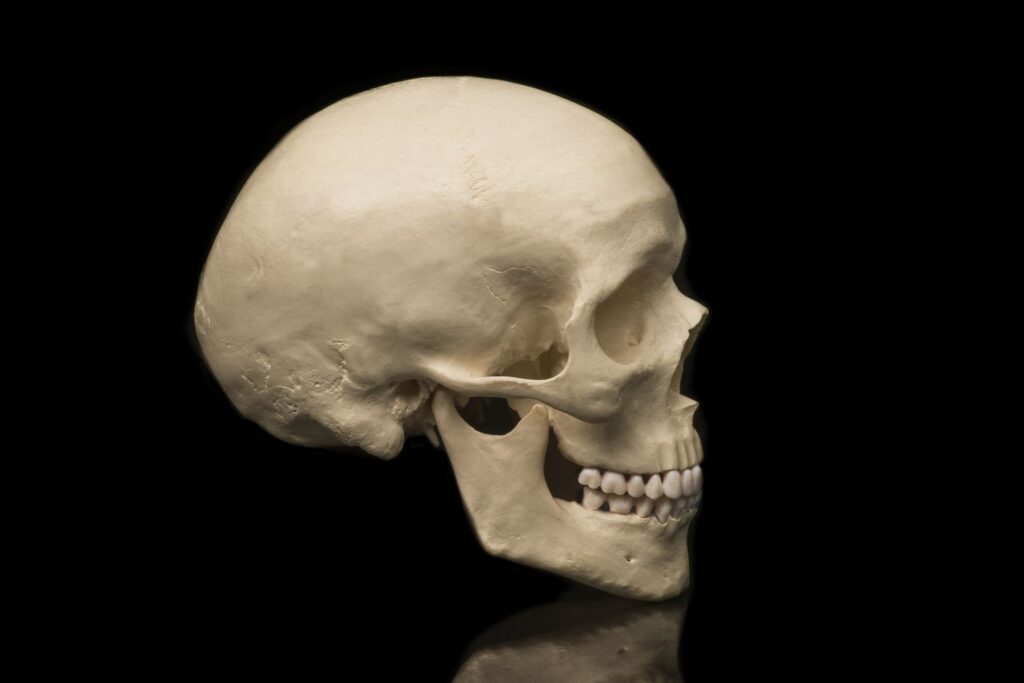Reetika Choudhury
While doctors are expected to adhere to the principle of “do no harm”, even history demonstrates that living up to this ideal has often proven challenging. There have been some bizarre and unusual treatments in the history of medicine that are now considered outdated and even harmful. Here is a list of 5 most bizarre medical treatments and practices in history.
Medical Cannibalism
The history of medical cannibalism is a dark and intriguing one, with instances dating back centuries. Some ancient cultures believed in the medicinal properties of consuming human flesh or body parts. In China, human placenta was sometimes consumed as a remedy for various ailments, and there are records of medicinal practices involving human bones and mummies in ancient Egypt. During the European Renaissance, there were reports of medical treatments involving human blood, flesh and bones. It was believed that ingesting blood or flesh from executed criminals could cure certain diseases or ailments. Additionally, human fat was sometimes used in ointments and other medical preparations.
While medical cannibalism is universally condemned and illegal today, there have been instances where human tissue or organs were used in medical treatments without the patient’s knowledge or consent. However, these practices became increasingly taboo and were eventually replaced by more scientifically grounded medical practices.
Lobotomy

A lobotomy is a surgical procedure that doctors developed as a treatment for mental health conditions in the late 19th and early 20th centuries. It involves breaking the connection between the frontal lobe and the thalamus. There was a range of approaches to performing lobotomies. The first lobotomies involved open brain surgery. Another technique involved drilling or cutting a hole in the skull to sever the connection between the frontal lobe and the thalamus. Later, instead of drilling a hole, an instrument similar to ice pick was used to enter the skull through the eye socket and pierce the brain. This was known as transorbital lobotomy. Later, doctors tried other techniques, such as injecting radioactive iridium through eye socket. A large number of patients were gay men. More lobotomies were performed on women than on men.
While lobotomies caused some people with mental illness to become calmer, they also frequently caused significant changes in personality, such as apathy and social disinhibition. The procedure had very serious health risks, and doctors sometimes used it in ways that were unethical.
Babylonian Skull Cure

In a time, when illness was considered to be the result of demonic forces or punishment by the gods for past misdeeds, healers often had more in common with priests and exorcists than physicians, and their cures usually involved some component of magic. Suppose you had trouble sleeping at night from grinding your teeth, the healer might suspect that the ghost of your deceased family member was trying to contact you as you slept. According to ancient necromantic texts, the healer would recommend one sleeping by a human skull for a week as a way of driving the spirit. In case this cure wasn’t entirely effective, one would also probably be recommended to kiss and lick the skull seven times each night.
The doctors of ancient Babylonian believed that spirits blocked channels thus interfering with how the body worked. Their job was to try and unblock these channels using a variety of remedies at their disposal. It is clearly evident, by the methods of embalming that they used to preserve their dead, that the ancient Babylonian doctors had a good knowledge of the human body.
Bloodletting
Bloodletting is known as one of the oldest medical practices, dating back 3000 years to ancient Egypt. For ages, doctors believed that sickness came from having ‘bad blood’. Influential physicians like Hippocrates and Galen maintained that the human body was filled with four basic substances, or “humors”- yellow bile, black bile, phlegm and blood- and these needed to be kept in balance to maintain proper health. When people fell ill, especially with a fever, doctors often blamed an excess of blood. To fix this imbalance, they would cut a vein and let blood flow out, sometimes using leeches to suck the blood directly from the skin.
Despite the risks, like excessive bleeding leading to death, bloodletting remained a popular treatment until the 19th century. Medieval doctors recommended it for various ailments, from minor sore throats to serious diseases like the plague. It was so common that even barbers offered bloodletting services alongside haircuts and shaves. Eventually, as scientific research advanced, it became clear that bloodletting might be more harmful than helpful. However, controlled bloodletting and leech therapy are still used today in rare cases to treat certain illness.
Urine Therapy
Urine therapy, also known as urotherapy or urine drinking, has indeed been a part of various cultures’ medical traditions for centuries. Beyond ancient Egypt, Greece, and Rome, it has been documented in traditional Chinese medicine, Ayurveda, and even in more recent times, among some alternative medicine practitioners. Urine was believed to have therapeutic benefits and was widely used as a remedy for various health conditions, including kidney and liver problems. This practice was based on the belief that urine contained vital nutrients and minerals that could help heal the body.
During ancient Roman times, Pliny the Elder, used urine for treeing sores, burns, anal afflictions, scorpion stings and baby rash. In Siberia, drinking urine helped potentiate the hallucinogenic effect of psychotropic mushrooms. Lewis and Clark in 1806, described native Americans bathing in urine daily. Over time urine therapy has been used as an embrocation, a compress for local tumors, as eye, ear or nose drops and its crystals used for wound cleansing. Some folks from the medical community believe that urine therapy might actually worsen the injury, in cases such as Jellyfish stings. Despite this, many public figures have advocated its use. Former PM of India Morarji Desai was a prime example of this.
Do you think there is a scientific or spiritual basis for any of these medical treatments! Do let us know!
